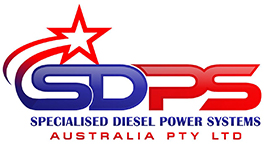Description
WASTEWATER TREATMENT
Eliminates Pollutants, Proper Oil Disposal, Water Recycling
An oil water separator is basically an assembly of instruments used for treating wastewater. By properly separating recyclable water with oil, they make it safe to dispose liquid waste to an approved discharge point, such as sewers. Apart from oil, it removes grease and hydrocarbons so that non-hazardous water can be extracted and reused.
There are several kinds of oil water separators. Each functions differently to suit different commercial and industrial applications.
Varieties include:
- Coalescing, Hydrocyclone
- Vertical Gravity (API),
- Flotation Separators.
All of which are capable of treating contaminants in water such as dissolved oil, free-floating oil, emulsified oil, and suspended solids.
OPERATING PRINCIPLES OF OIL AND WATER SEPARATOR PUMPS
Wastewater Treatment
Coalescing Oil Separator
Coalescing oil separators work by forcing oil droplets to impinge on surface area and create larger oil droplets, which rise to the surface of wastewater, where they can be removed via a gravity skimming process. This type of oil separator features oil attracting media packs. These packs are placed inside of the treatment chamber, where their surface area draws out oil droplets suspended in the wastewater. The droplets are then forced to collide, thereby creating larger droplets of oil.
The larger droplets of oil become, the more buoyant they become. Eventually, the droplets reach a mass that is big enough to break free from the media packs. At this point, they rise to the surface of the wastewater, where they can be easily skimmed off and delivered to the waste oil chamber. What remains is oil free water, which can then be safely discharged.
APPLICATIONS
Food & Beverage
Manufacturing
Mining
Construction
Chemical







